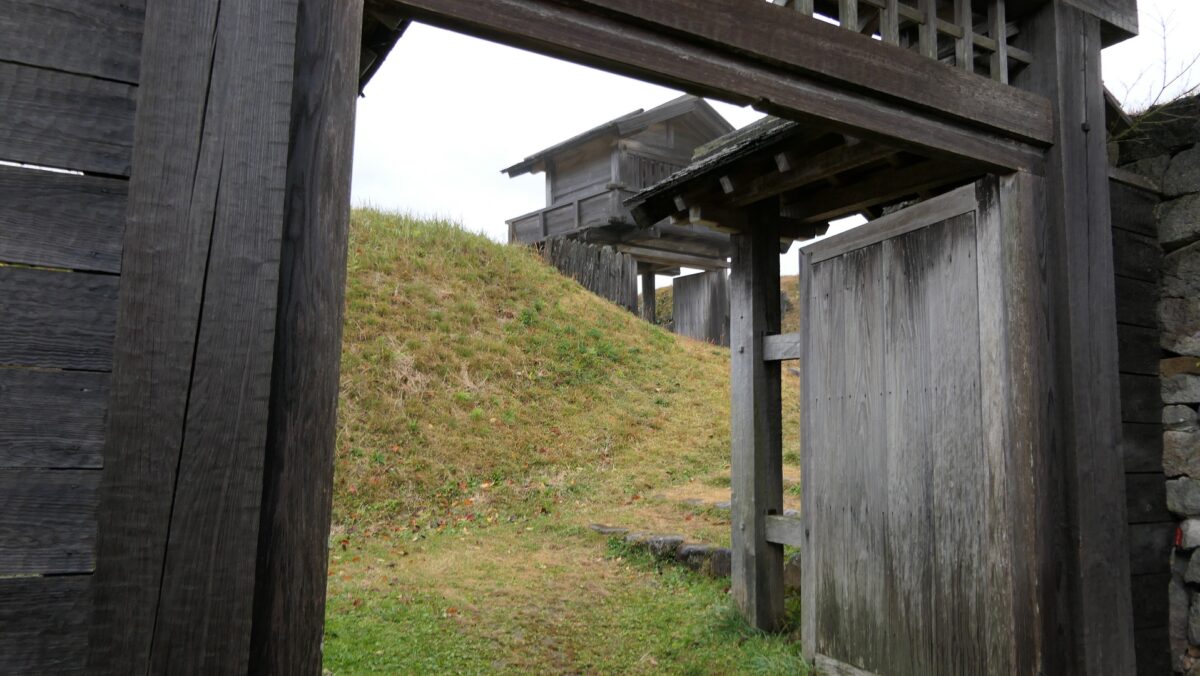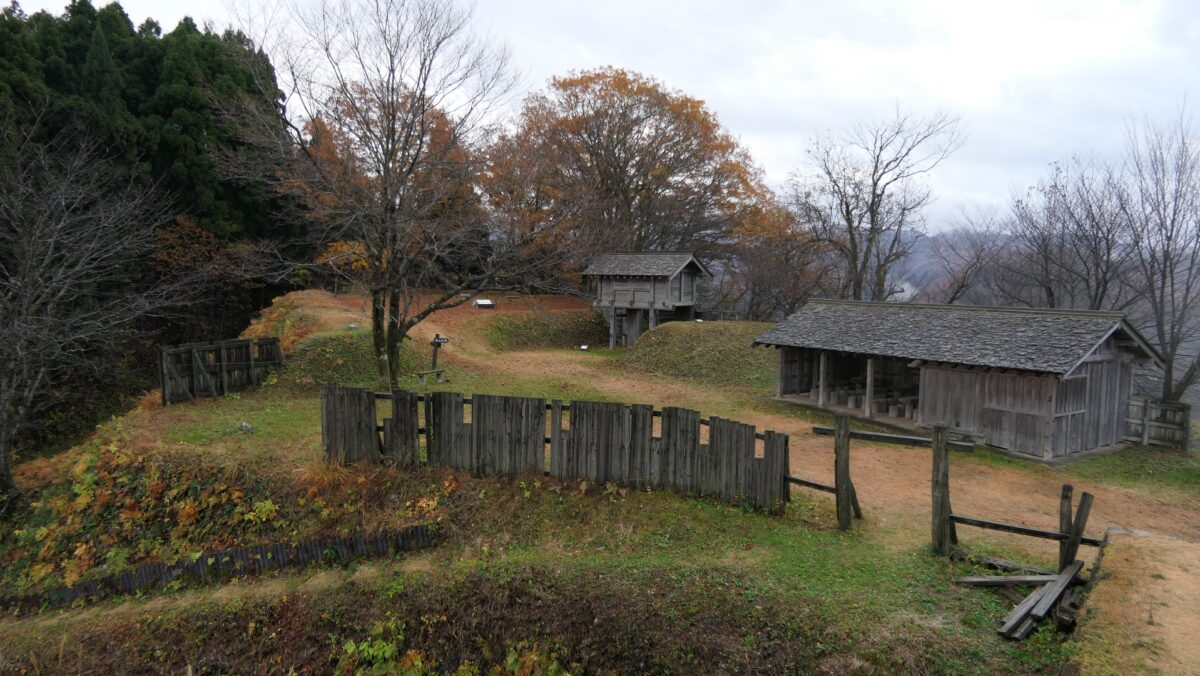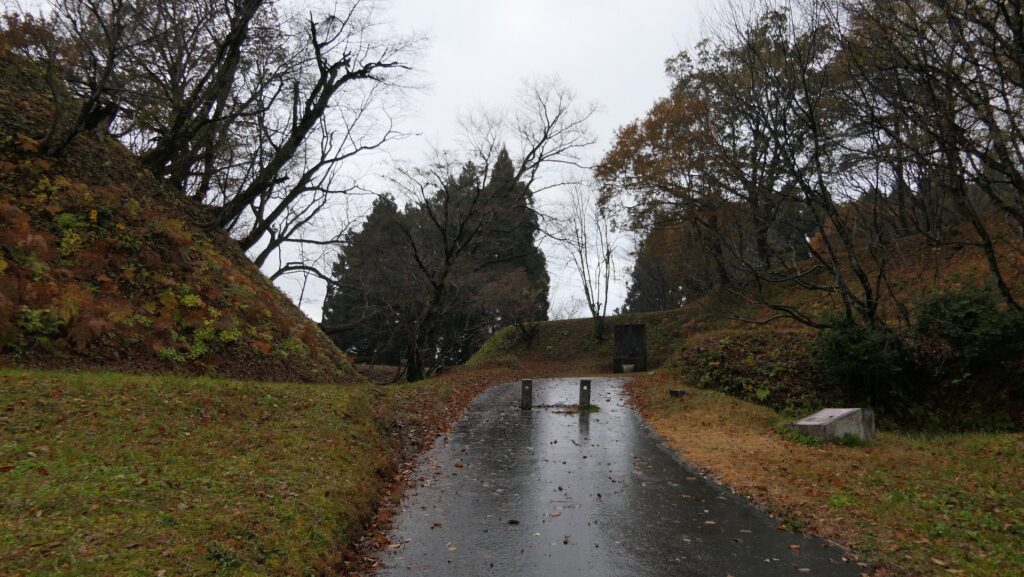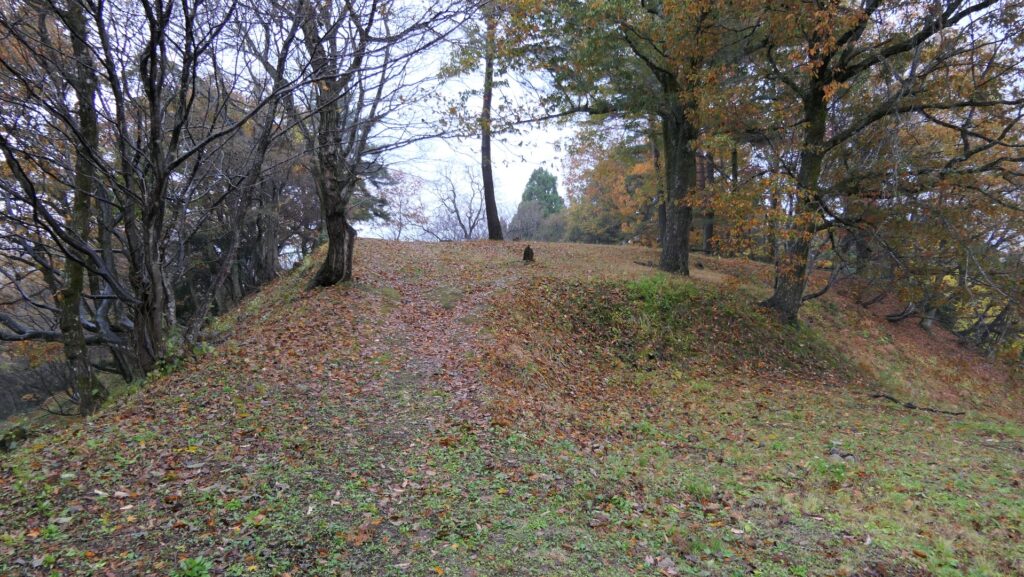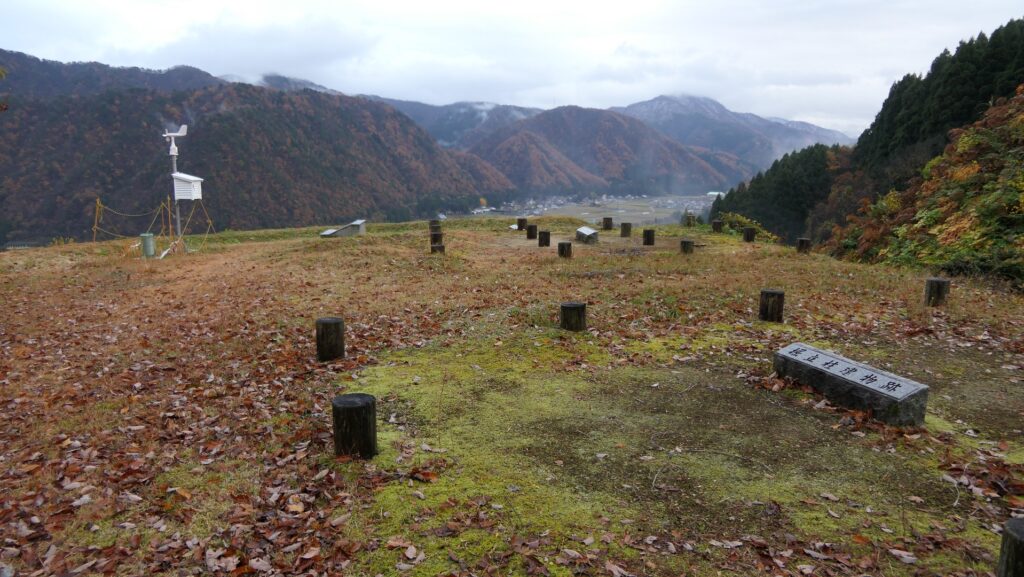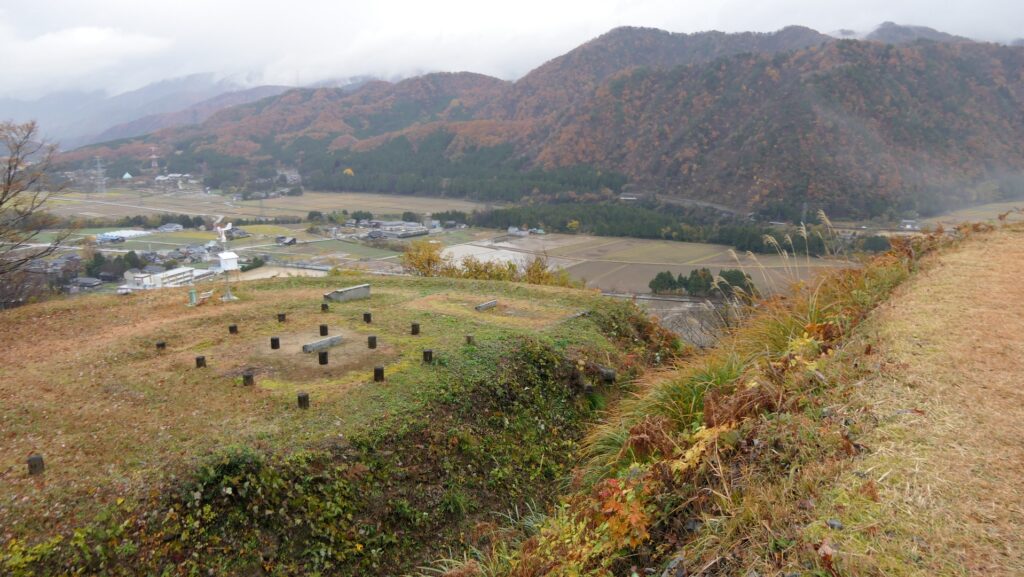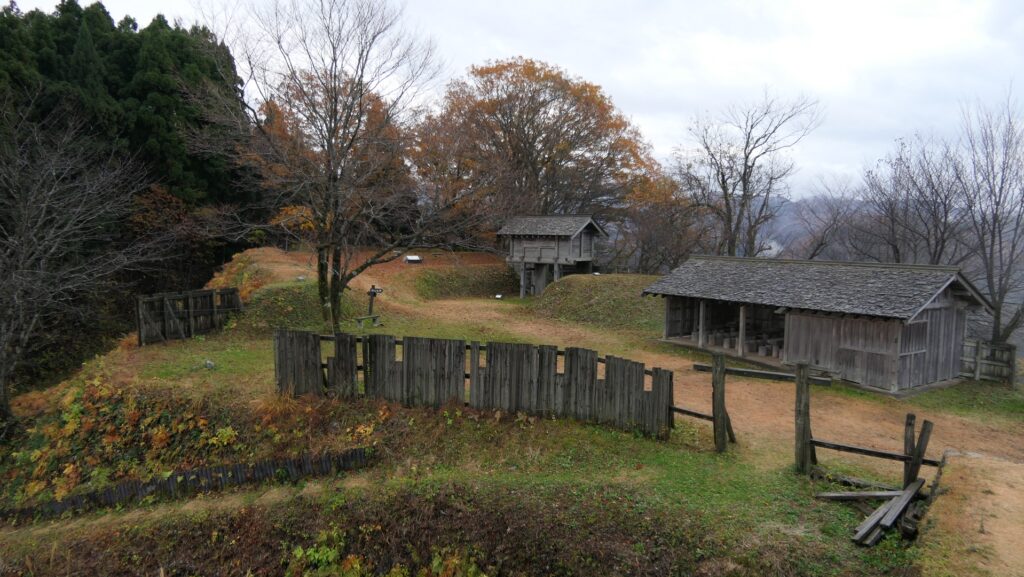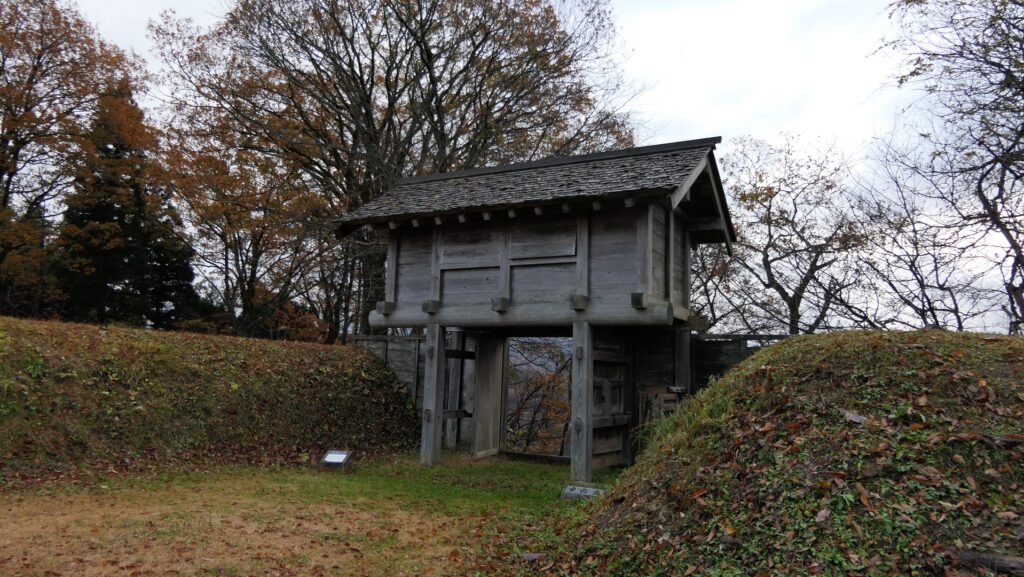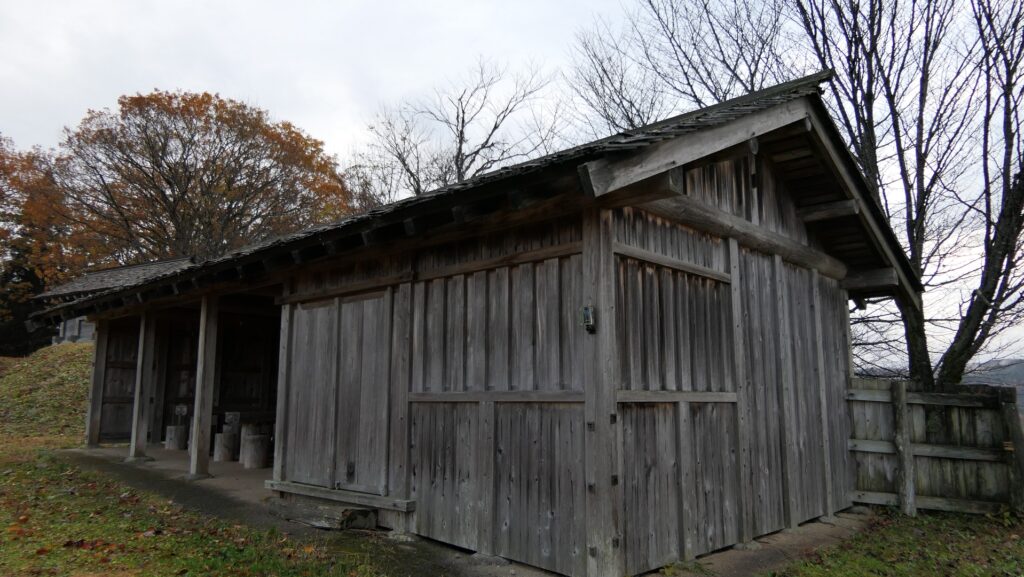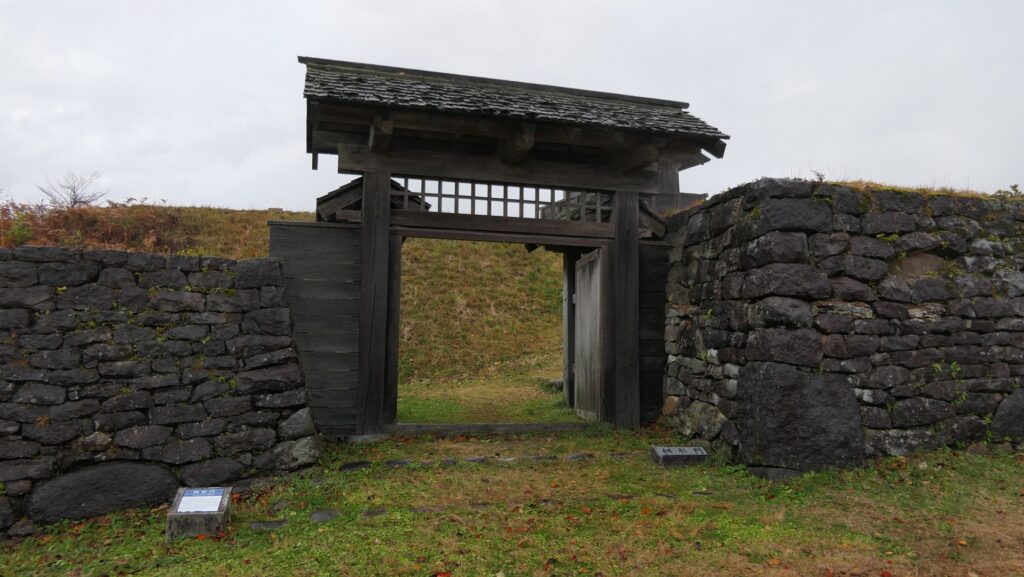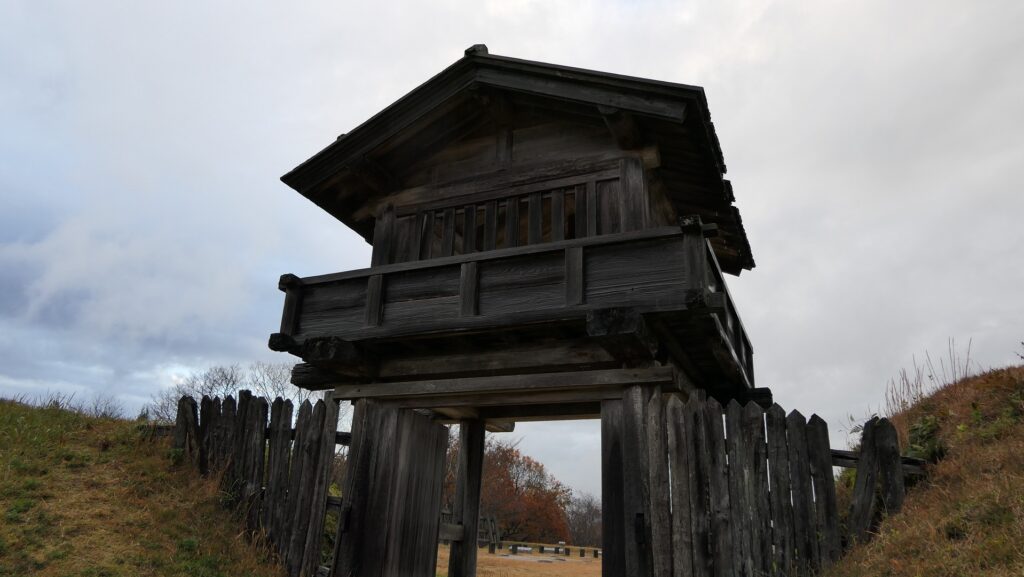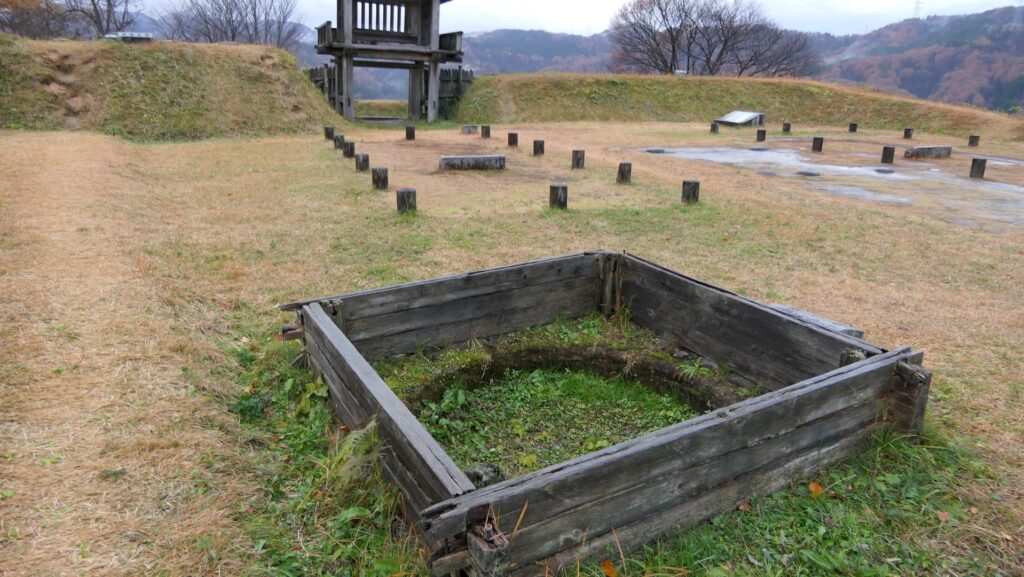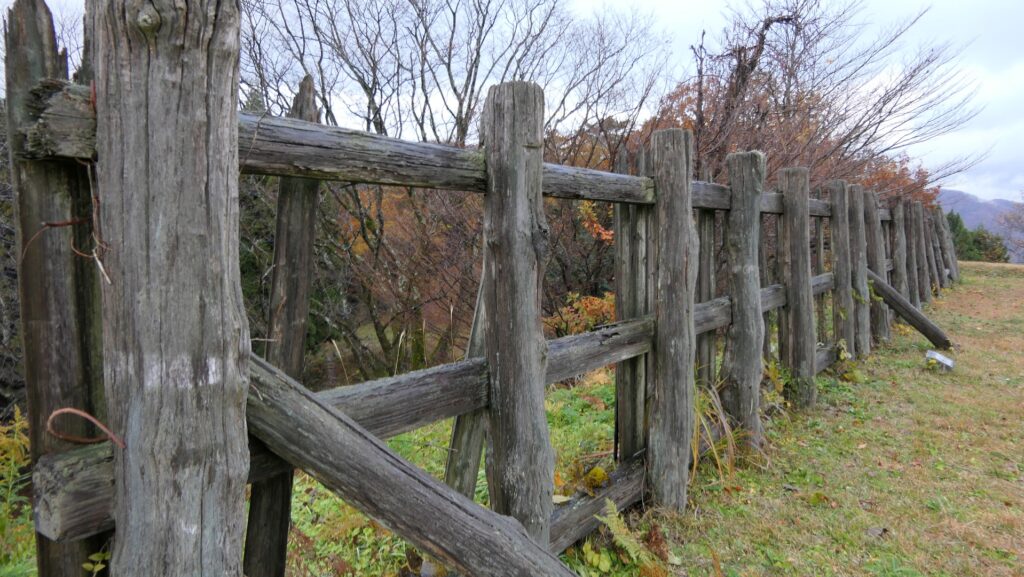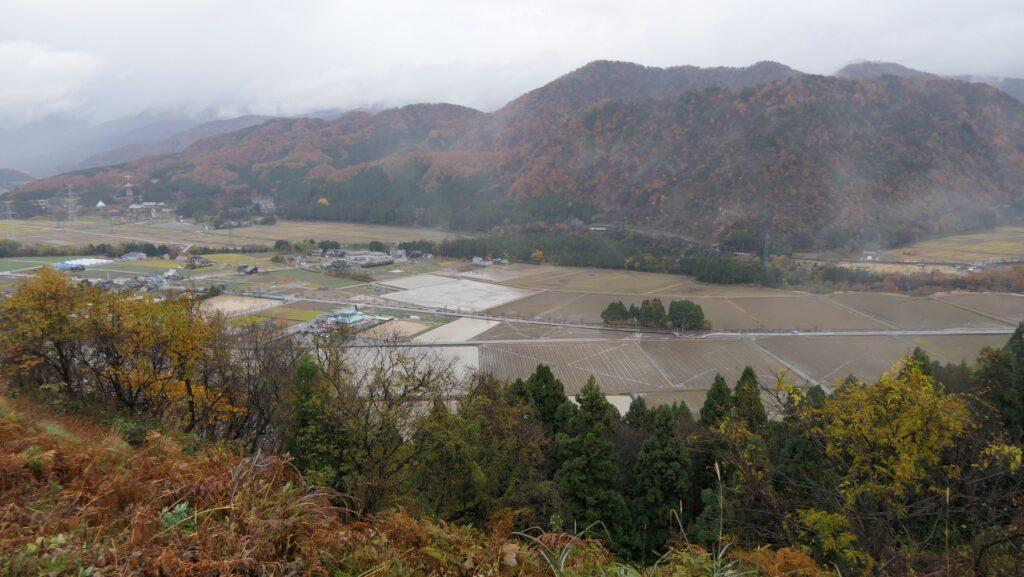Later History
The ruins of Torigoe Castle had been abandoned for a long time after the Ikko uprising was defeated. The excavation was conducted between 1977 and 2002, while the ruins were designated as a National Historic Site in 1985. The development as a historical park and the restoration of some castle structures were also done between 1991 and 2002. That’s why we can see the ruins as the monument of the Kaga Ikko uprising.

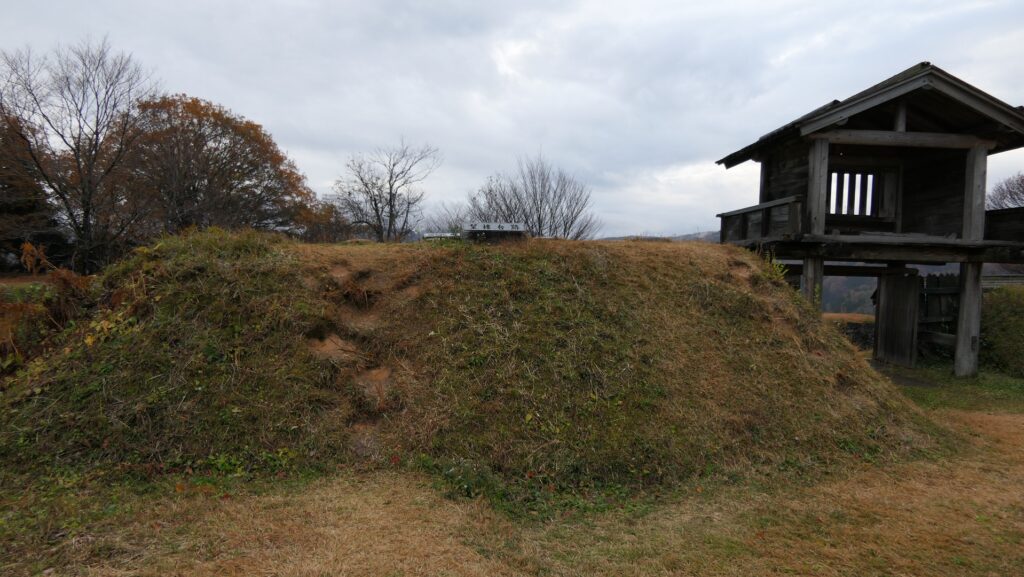

My Impression
When I visited Torigoe Castle Ruins, I thought the castle was exactly like those that the warlords built. This proves the Kaga Ikko uprising really had religious, political and even military power. In other words, people at that time needed to protect themselves. People in the present time usually live safely without these concerns, at least in Japan. I learned that this is partly due to the precious sacrifice of the Ikko uprising people. I also recommend seeing the ruins as a good example of mountain castles during the Sengoku Period.
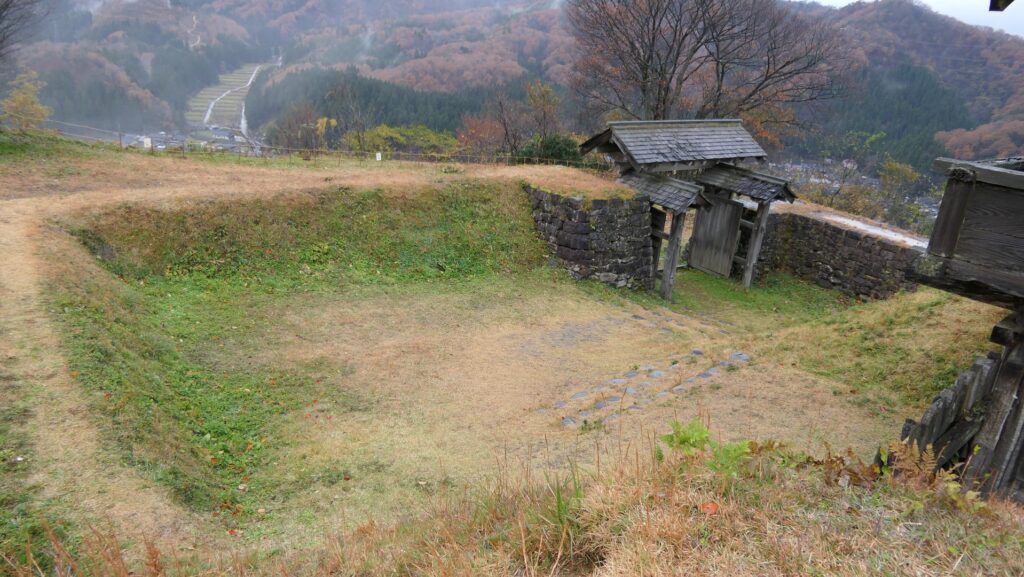
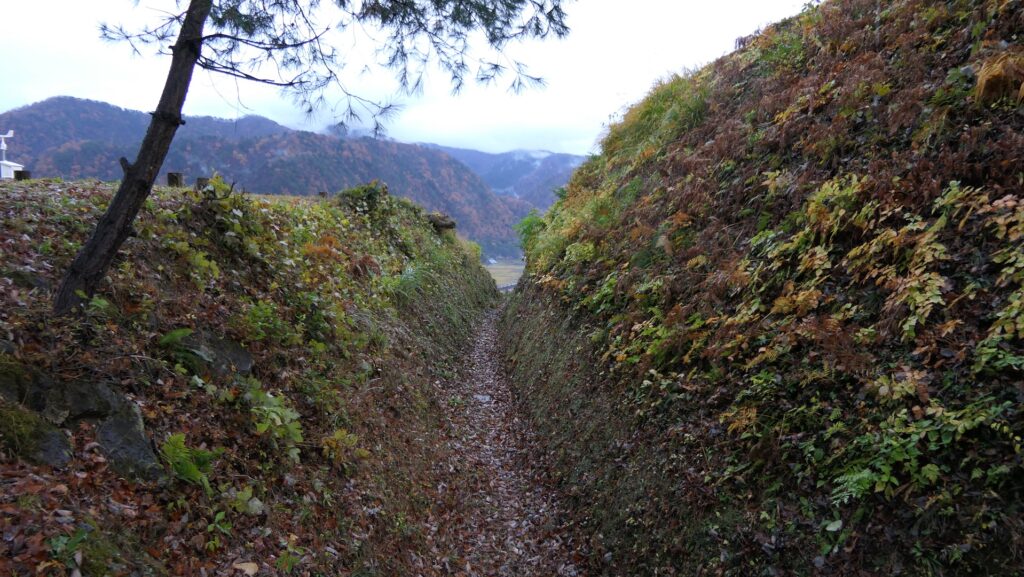
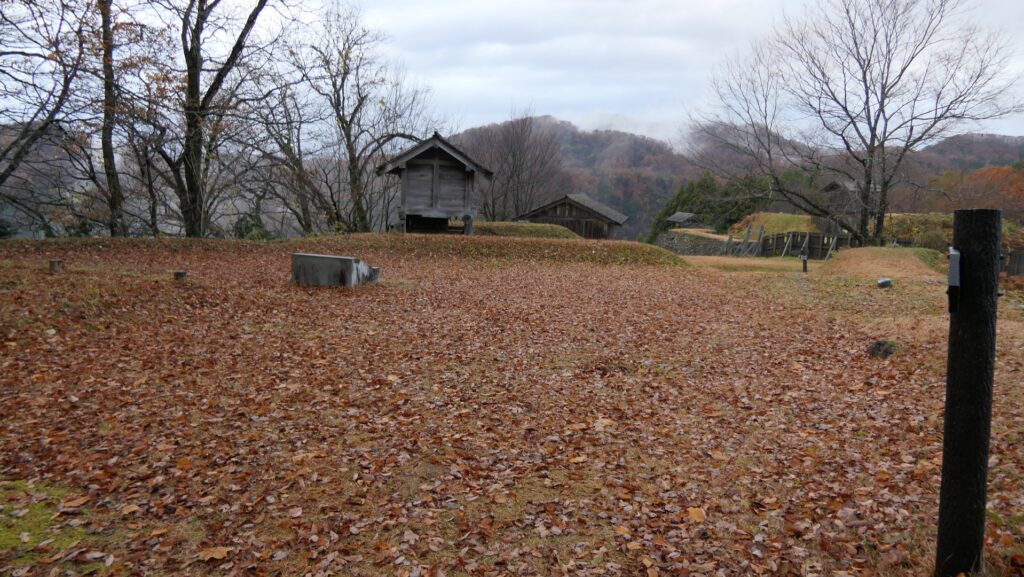
How to get There
I recommend using a car when you visit the ruins.
It is about a 30-minute drive away from Komatsu IC on the Hokuriku Expressway. You can park at the parking lot located near the top of the mountain.
If you want to use public transportation, you can take the Hokutetsu-Kaga Bus on the Mugiguchi Line from Komatus Station and get off at the Misaka bus stop. It takes about 30 minutes on foot from the bus stop to get there.
To get to Komatsu Station from Tokyo: Take the Hokuriku Shinkansen super express, transfer to the limited express on the Hokuriku Line at Kanazawa Station.
From Osaka: Take the Thunderbird limited express
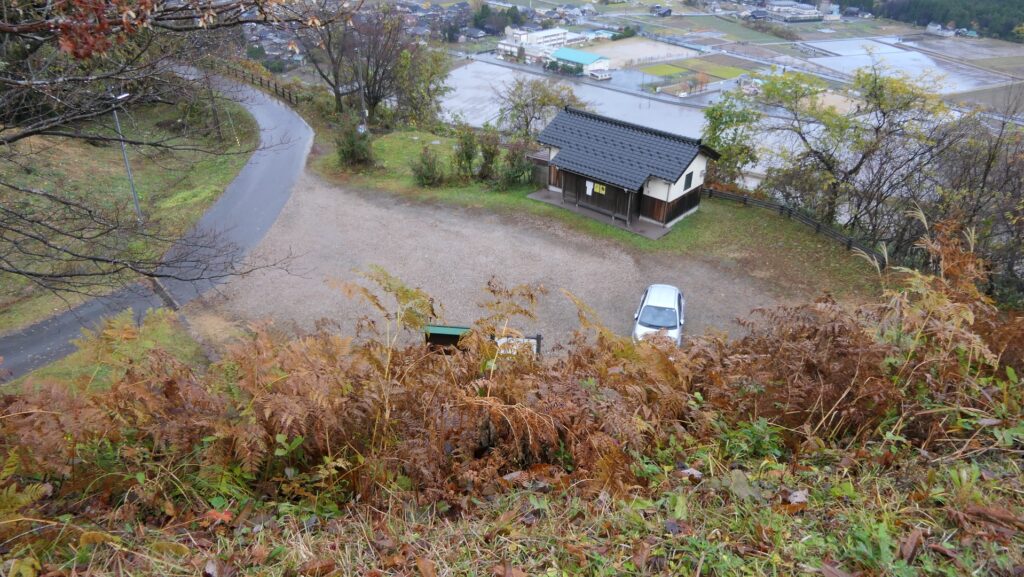
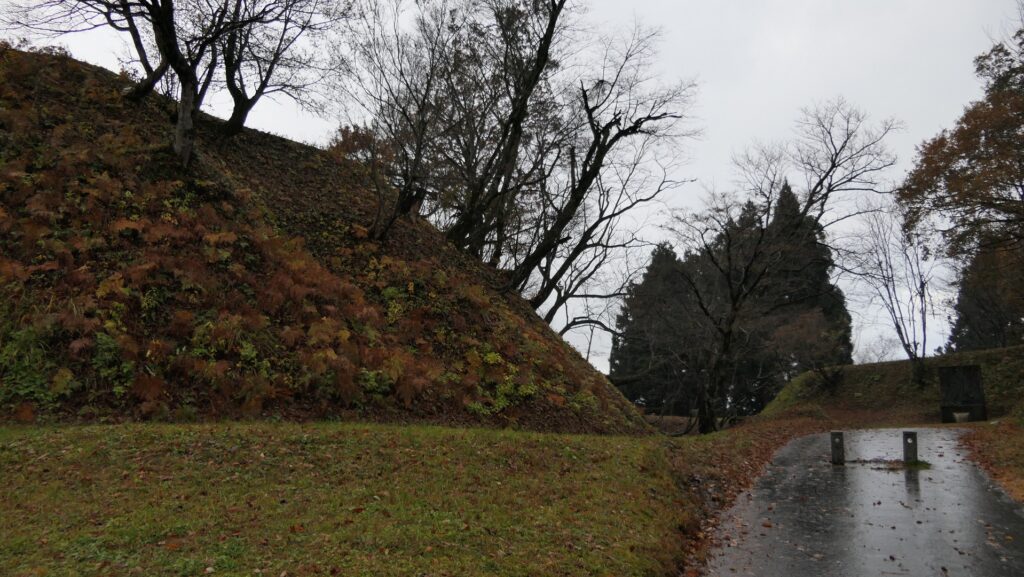
That’s all. Thank you.
Back to “Torigoe Castle Part1”
Back to “Torigoe Castle Part2”

